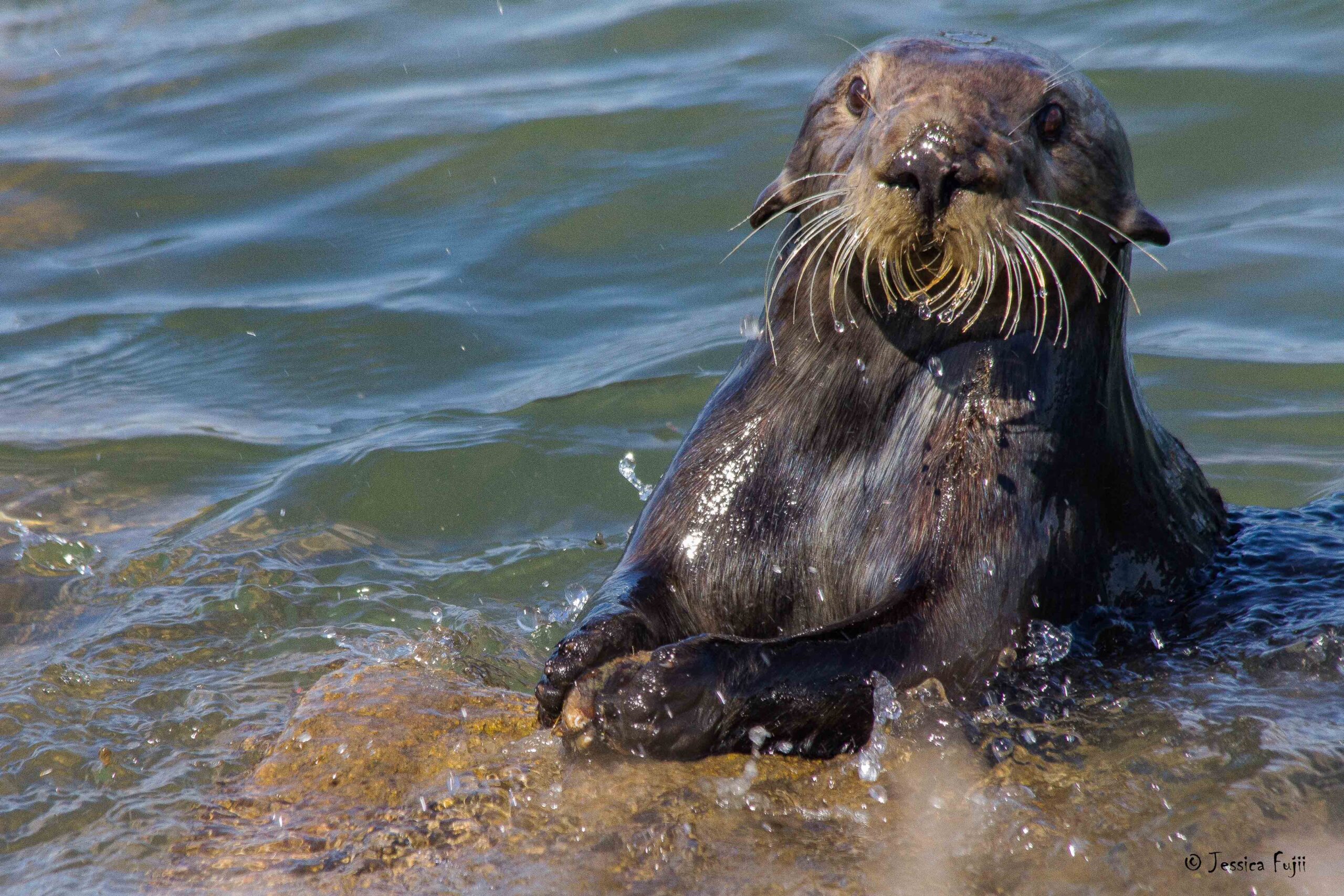
Several of the sea otters that frequent Bennett Slough Culverts at Moss Landing in central California are in the habit of smashing mussels on waterside boulders to extract their meat. An interdisciplinary team of researchers has identified telltale evidence of this behavior, including visible patches of wear on points and ridges of the rocks facing the water, as well as a distinctive breakage pattern in the shells, with the left side intact and the right side broken in half diagonally. Underwater middens at the site are estimated to contain tens to hundreds of thousands of similarly smashed shells. Natalie Uomini, an archaeologist at the Max Planck Institute for the Science of Human History, says this type of research shows a new way to apply archaeological methodology to animal behavior. “Archaeology is a set of tools that allow us to study past behavior,” she says. “But there’s nothing inherent about it that says it has to be used on humans.”











